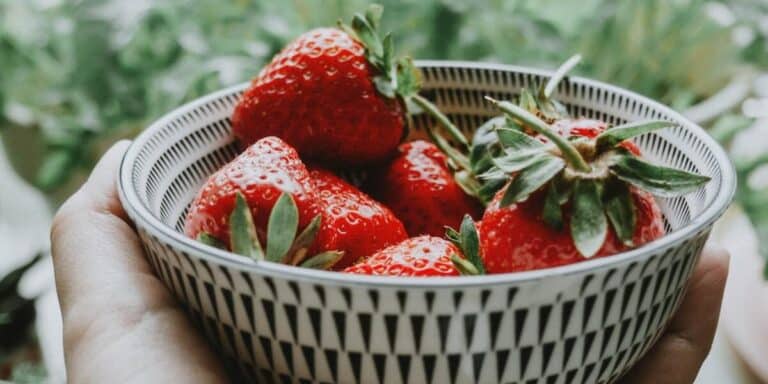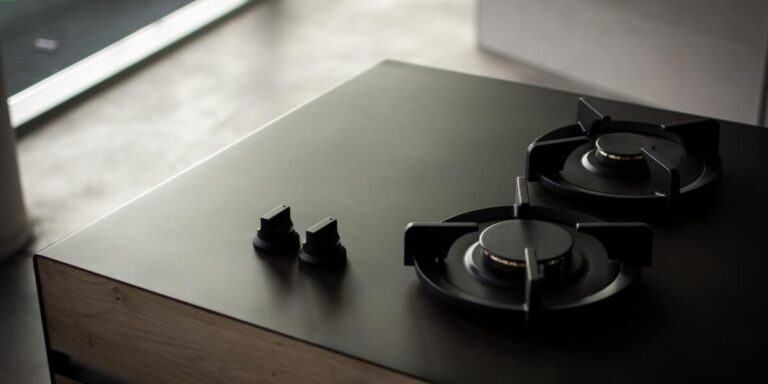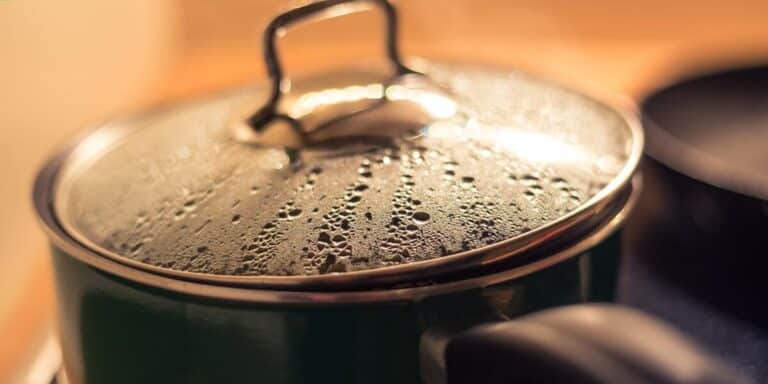Smoking Beef Ribs for Beginners
You’re about to uncover the secrets of smoking tender, flavorful beef ribs, a feat that’s well within your reach, even as a beginner. Start by choosing the right rack, ideally with a mix of meat and bone and a nice layer of fat for moisture and flavor. But selecting the perfect rack is only the beginning; the real magic happens with your smoker setup and prepping those ribs for their long, slow journey to tender, fall-off-the-bone perfection. As you prep your ribs and fire up your smoker, the question remains: can you create authentic, barbecue-joint-quality ribs?
Key Takeaways
• Choose a rack of beef ribs with a good balance of meat and bone, and a thick layer of fat for moisture and flavor.
• Preheat the smoker to 225-250°F and select the right type of wood, such as mesquite, oak, or hickory.
• Remove the membrane from the bone side of the ribs and apply a generous amount of dry rub to both sides.
• Smoke the ribs for 4-5 hours or until they reach an internal temperature of 160°F, maintaining a consistent temperature.
• Let the ribs rest for 10-15 minutes before serving to redistribute juices and make them easy to slice.
Choosing the Right Cut
When you’re selecting beef ribs, you want to look for a rack with a good balance of meat and bone, typically 2-3 pounds, to guarantee they’re easy to handle and cook evenly. You don’t want a rack that’s too small, as it won’t have enough meat to satisfy your guests, but you also don’t want one that’s too large, as it can be unwieldy and difficult to cook.
You’ll want to choose a rack with a good layer of fat, as this will help keep the meat moist and flavorful during the cooking process. Look for ribs with a thick, even layer of fat, and avoid those with large patches of fat or lean spots. You should also choose ribs with a good bone structure, as this will help them hold their shape and make them easier to slice.
Beef ribs come in two main styles: flanken-style and English-style. Flanken-style ribs are cut across the bones, resulting in a thinner, more uniform cut. English-style ribs, on the other hand, are cut parallel to the bones, resulting in a thicker, more robust cut. Both styles can be delicious, so choose the one that suits your taste preferences. Regardless of which style you choose, make sure to select a rack with a good balance of meat and bone, and a thick, even layer of fat.
Setting Up Your Smoker
How do you prepare your smoker to transform those beautifully chosen beef ribs into a tender, flavorful masterpiece? It all starts with setting up your smoker correctly. You’ll want to begin by preheating your smoker to the ideal temperature for smoking beef ribs, which is usually between 225°F and 250°F. Make sure to follow the manufacturer’s instructions for preheating your specific smoker model.
As your smoker heats up, you’ll need to choose the right type of wood for smoking. Beef ribs pair well with strong, bold woods like mesquite, oak, or hickory. You can use either wood chips or chunks, depending on your smoker’s design. If you’re using a gas or electric smoker, you can also use wood pellets.
Once your smoker is hot and your wood is ready, it’s time to add some moisture to the mix. Fill a water pan with liquid, such as beef broth or water, to add a rich, meaty flavor to your ribs. This will also help keep the air inside the smoker nice and humid, preventing your ribs from drying out. Now that your smoker is all set up, you’re almost ready to add those beautifully chosen beef ribs. Just one more thing: make sure your smoker’s vents are adjusted properly to guarantee a smooth, even airflow. With these steps complete, your smoker is ready to take those ribs to the next level.
Preparing Beef Ribs for Smoking
To get the best results, you’ll want to start by properly trimming and seasoning your beef ribs before putting them in the smoker. Begin by flipping the ribs over and removing the membrane from the bone side. This membrane can prevent the rub from penetrating the meat and create a tough texture. Use a paper towel or your fingers to grip the membrane, and gently pull it off. If it’s stubborn, you can use a knife to help loosen it.
Next, trim any excess fat or cartilage from the ribs. This will help the rub adhere evenly and prevent any tough or chewy bits from forming during cooking. Use a sharp knife to trim the fat, taking care not to cut too deeply into the meat.
Once your ribs are trimmed, it’s time to season them. Apply a generous amount of your favorite dry rub to both sides of the ribs, making sure to coat them evenly. You can also add a layer of mustard or mop sauce to help the rub adhere and add flavor. Let the ribs sit at room temperature for 30 minutes to an hour before cooking to allow the seasonings to penetrate the meat. This will help guarantee that your ribs are flavorful and tender.
Smoking and Temperature Control
Now that your ribs are properly trimmed and seasoned, you’re ready to focus on the actual smoking process, where maintaining the right temperature is key to achieving tender, fall-off-the-bone results. You’ll want to set up your smoker to run at a consistent temperature between 225°F and 250°F. This low-and-slow approach will help break down the connective tissues in the meat, resulting in a deliciously tender final product.
To achieve this temperature range, you’ll need to adjust the airflow and fuel levels on your smoker. If you’re using a charcoal or gas smoker, you can adjust the vents to control airflow. If you’re using an electric smoker, you can simply set the temperature on the control panel. It’s also important to use a high-quality thermometer to guarantee accurate temperature readings.
Once your smoker is set up, place the ribs in the smoking chamber, bone side down. Close the lid and let the ribs smoke for about 4-5 hours, or until they reach an internal temperature of 160°F. After this point, you can start checking the ribs for tenderness by inserting a toothpick into the meat. If it slides in easily, the ribs are done. If not, continue smoking and checking the ribs until they reach the desired level of tenderness. Remember to maintain the temperature within the ideal range to guarantee the best results.
Serving and Resting Ribs
Once your ribs are tender and done smoking, it is crucial to let them rest for a bit before serving to allow the juices to redistribute and the meat to relax. You don’t want to slice into them right away, as this can cause all the juices to run out, leaving your ribs dry. Instead, remove them from the heat and let them rest for 10-15 minutes. This will give the meat time to redistribute the juices, making them even more tender and flavorful.
During this resting time, you can start getting your serving station ready. You’ll want to have a sharp knife on hand to slice the ribs, as well as some paper towels or a clean cloth to wipe away any excess juices. If you’re planning on serving with barbecue sauce, now’s the time to warm it up. You can also prepare any sides, such as coleslaw or cornbread, while the ribs are resting.
When you’re ready to serve, slice the ribs into individual portions and serve immediately. You can serve them with a side of barbecue sauce, or let each person brush on their own. Consider serving with some crusty bread or crackers to mop up any excess juices. By letting your ribs rest and serving them with a little care, you’ll be able to enjoy the full, rich flavor of your slow-smoked masterpiece. Your guests are sure to be impressed!
Frequently Asked Questions
Can I Smoke Beef Ribs in a Charcoal or Gas Grill?
"Like a phoenix rising from the ashes, you can revamp your grill into a makeshift smoker! You can smoke beef ribs in a charcoal or gas grill, but it requires some finagling with temperature control and wood chips."
How Do I Store Leftover Smoked Beef Ribs for Later Use?
You’ll want to store leftover smoked beef ribs in a sealed container in the fridge or freezer. Wrap them tightly in plastic wrap or aluminum foil, and they’ll keep for several days or up to 3 months frozen.
What Type of Wood Is Best for Smoking Beef Ribs?
You’ll want to choose a type of wood that complements the rich flavor of beef ribs. Hickory, oak, or mesquite are popular options, but you can’t go wrong with a classic post oak for a delicious, smoky taste.
Can I Smoke Beef Ribs in Cold or Rainy Weather?
You can smoke beef ribs in cold or rainy weather, but you’ll need to adjust your setup to maintain a consistent temperature, ensuring your smoker’s insulation and ventilation are working efficiently to keep things cozy inside.
Are Beef Ribs Healthier Than Pork Ribs in Terms of Fat Content?
You’re probably wondering if beef ribs are a healthier option than pork ribs when it comes to fat content, and you’re in luck because, generally, beef ribs do have less fat compared to pork ribs.






